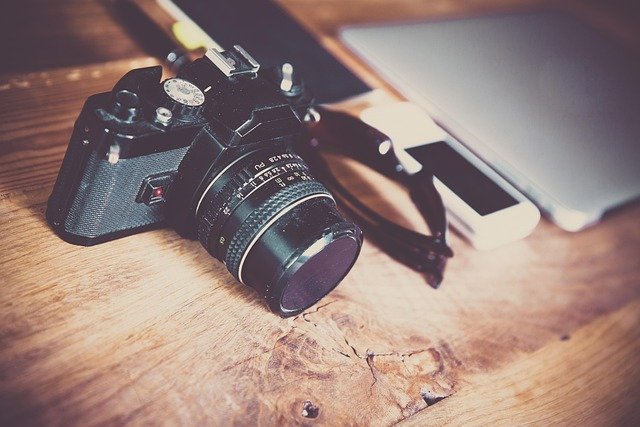Techno-Nostalgia: The Resurgence of Analog in a Digital World
The clash of old and new technologies is reshaping our cultural landscape, with surprising consequences. As digital innovations accelerate, a countermovement is gaining traction: the revival of analog experiences. From vinyl records to film photography, people are embracing retro tech with renewed fervor. Read below to explore this fascinating intersection of nostalgia and modernity.

The Psychology of Techno-Nostalgia
The appeal of analog technologies in a digital age is rooted in deep psychological and sociological factors. Research suggests that physical interactions with objects can create stronger emotional connections and memories. The tangibility of analog media – the feel of a vinyl record, the smell of a physical book, the mechanical click of a camera shutter – provides a sensory richness that digital alternatives often lack. Moreover, the intentionality required in using analog tech – carefully selecting a record to play or winding a film camera – creates a sense of mindfulness and presence that many find lacking in the instant gratification of digital experiences.
Digital Fatigue and the Slow Tech Movement
As our lives become increasingly intertwined with digital technologies, a growing number of individuals are experiencing digital fatigue. Constant connectivity, information overload, and the pressure to keep up with rapidly evolving tech can lead to stress and burnout. The slow tech movement, closely aligned with techno-nostalgia, advocates for a more mindful and intentional use of technology. This approach doesn’t reject digital innovations outright but seeks to balance them with analog experiences that offer a respite from the digital deluge. The resurgence of board games, the popularity of coloring books for adults, and the rise of analog productivity methods like bullet journaling all exemplify this desire for a slower, more tactile engagement with the world.
The Democratization of Analog Creativity
Interestingly, the digital revolution has paradoxically fueled the analog renaissance by democratizing access to vintage technologies. Online marketplaces have made it easier than ever to find and purchase analog equipment, from vintage cameras to record players. Social media platforms allow enthusiasts to share their analog creations, fostering communities around these retro technologies. This fusion of old and new has given rise to hybrid art forms, where analog processes are captured and shared through digital means. The result is a unique aesthetic that blends nostalgia with contemporary sensibilities, appealing to both older generations who remember these technologies and younger individuals discovering them for the first time.
Environmental and Ethical Considerations
The resurgence of analog technologies also intersects with growing environmental and ethical concerns surrounding digital consumption. While digital technologies were once hailed as more environmentally friendly alternatives to physical media, the environmental impact of constant upgrades, e-waste, and energy-intensive data centers has come under scrutiny. In contrast, many analog technologies are built to last, with some vintage equipment still functioning decades after production. This longevity appeals to consumers looking to reduce their environmental footprint and resist the culture of planned obsolescence. Additionally, the artisanal nature of many analog products aligns with ethical consumption trends, as consumers seek out locally made, small-batch items over mass-produced digital gadgets.
The Future of Analog in a Digital World
As we look to the future, it’s clear that the relationship between analog and digital technologies will continue to evolve. Rather than a wholesale return to analog, we’re likely to see an increasing integration of analog elements into digital experiences. Virtual reality developers, for instance, are exploring ways to incorporate tactile feedback and physical interactions into immersive digital environments. Similarly, digital devices are being designed with more analog-inspired interfaces, seeking to capture the intuitive feel of physical controls. This hybrid approach suggests a future where the lines between analog and digital blur, creating rich, multisensory experiences that combine the best of both worlds.





